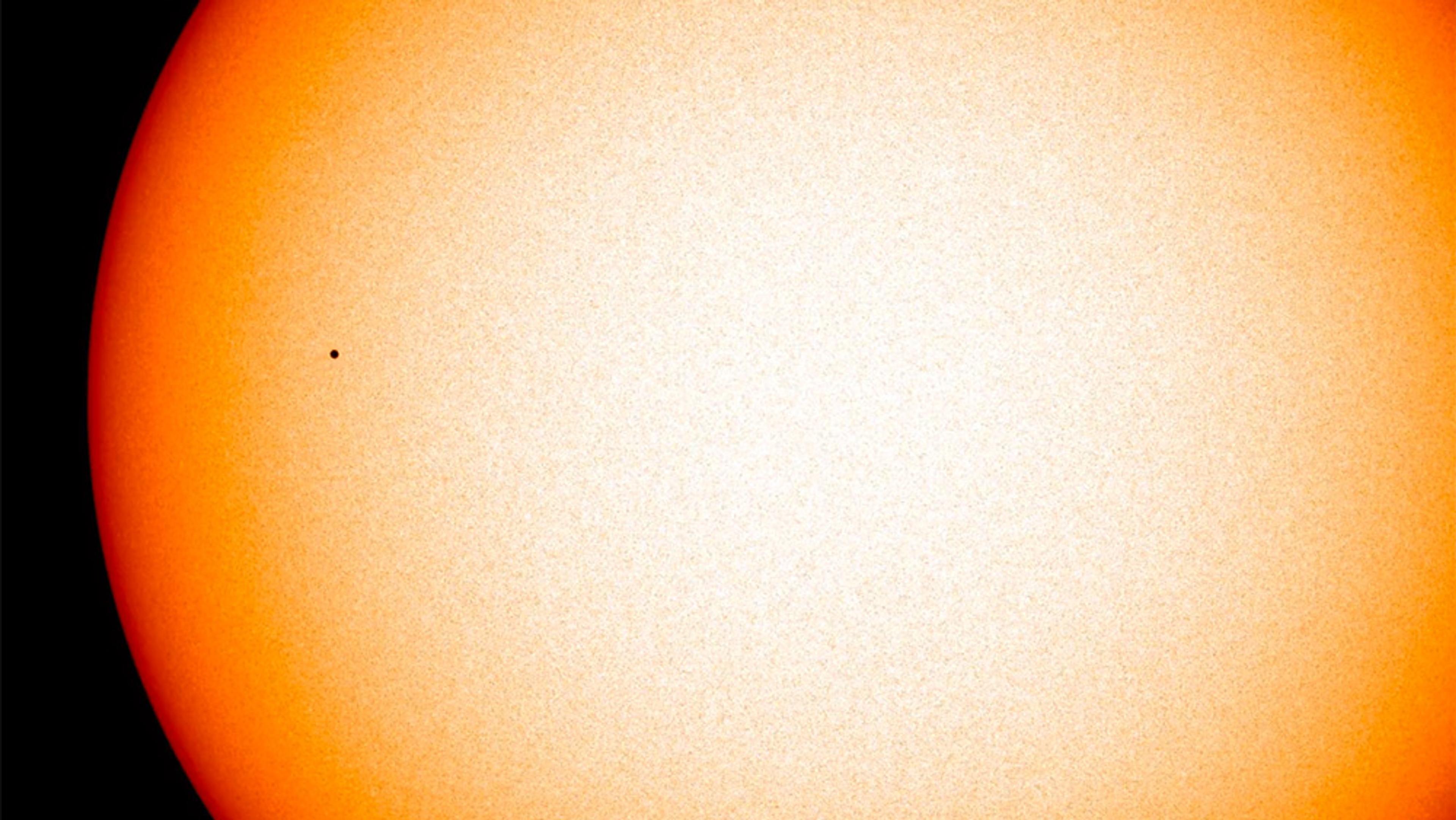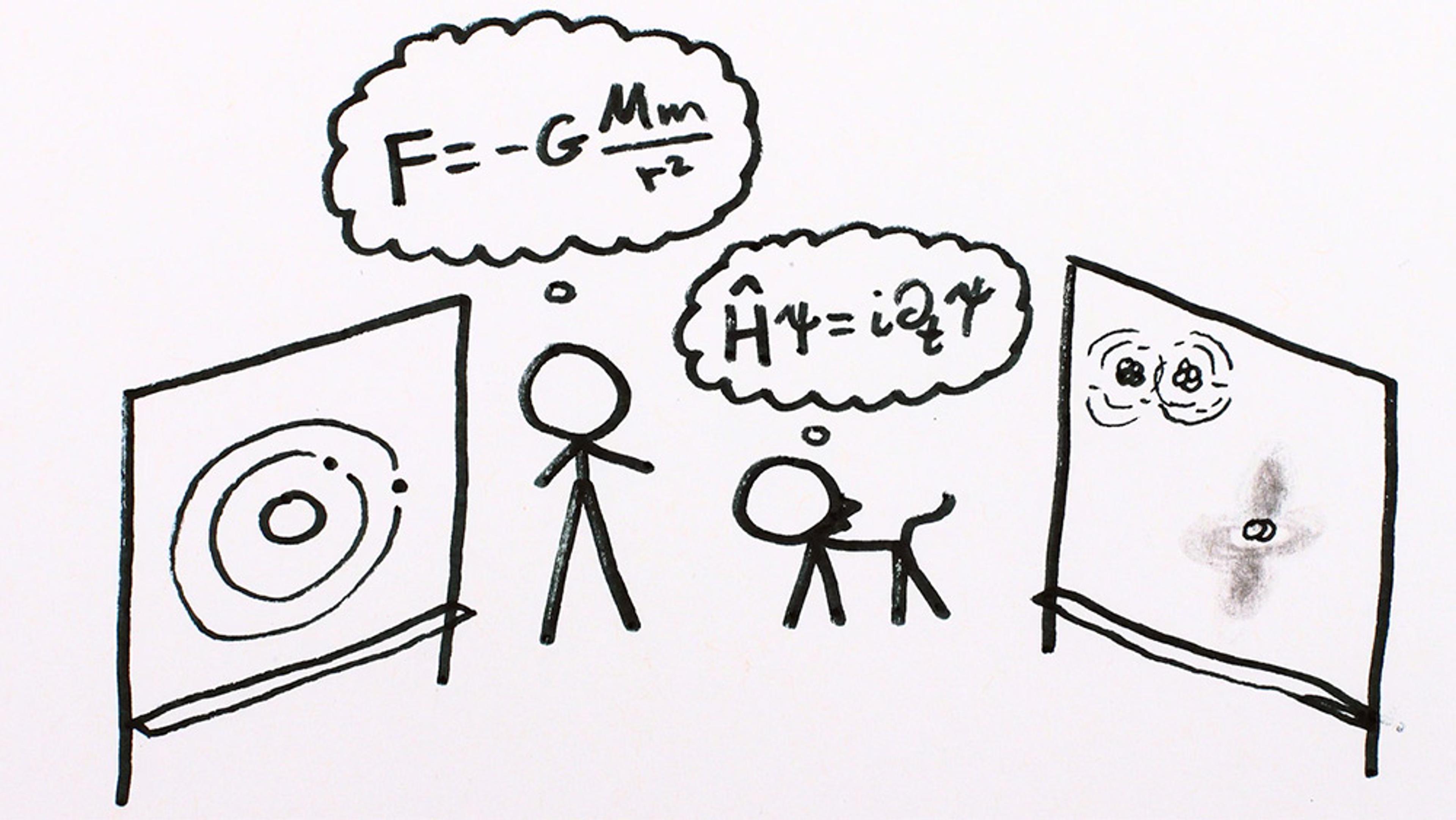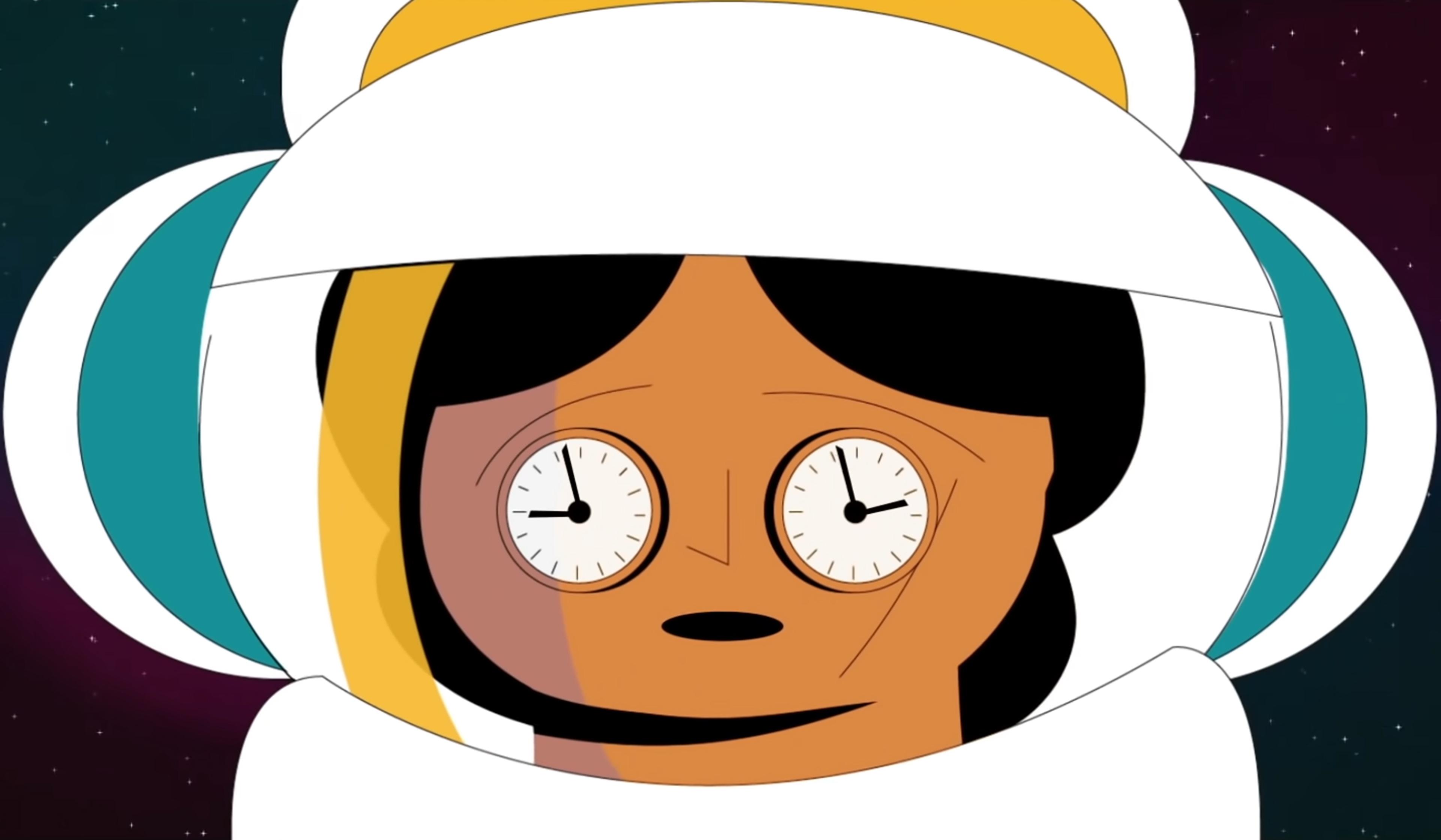Calculating the trajectories of two gravitating bodies is straightforward mathematics. But introducing even just one more variable into an orbital system can make its long-term trajectory impossible to predict. In 2009, two researchers at the University of California, Santa Cruz investigated just how difficult this mathematical phenomenon – known as the ‘N-body problem’ – makes forecasting the eventual fate of our own corner of space. The team ran 2,000 simulations of the solar system’s trajectory up to 5 billion years into the future, with the only variable being less than a millimetre difference in the distance between Mercury and the Sun. The simulations yielded a stunning array of results, including the possibility of Mercury careening into the Sun, colliding with Venus and destablising the entire inner solar system. This animation from TED-Ed breaks down the N-body problem with rich visuals and methodical clarity, and concludes with scientists’ efforts to minimise N-body unpredictability as humans press further into space.
A millimetre makes a world of difference when calculating planetary trajectories

videoSpace exploration
Mind-bending speed is the only way to reach the stars – here are three ways to do it
5 minutes

videoAstronomy
Watch the rare, awesome spectacle as Mercury passes between the Earth and Sun
1 minute

videoPhysics
The abyss at the edge of human understanding – a voyage into a black hole
4 minutes

videoKnowledge
Models are always imperfect, and the ones we choose greatly shape our experience
3 minutes

videoPhysics
To change the way you see the Moon, view it from the Sun’s perspective
5 minutes

videoHistory of science
Ideas ‘of pure genius’ – how astronomers have measured the Universe across history
29 minutes

videoPhysics
An interstellar voyage explores the ‘paradox’ of twins separated by light years
6 minutes

videoPhysics
Models capture the world-warping physics of what happens when stars meet black holes
2 minutes

videoAstronomy
Close encounters of a different kind – what if Venus, Neptune or Saturn hovered close by?
2 minutes